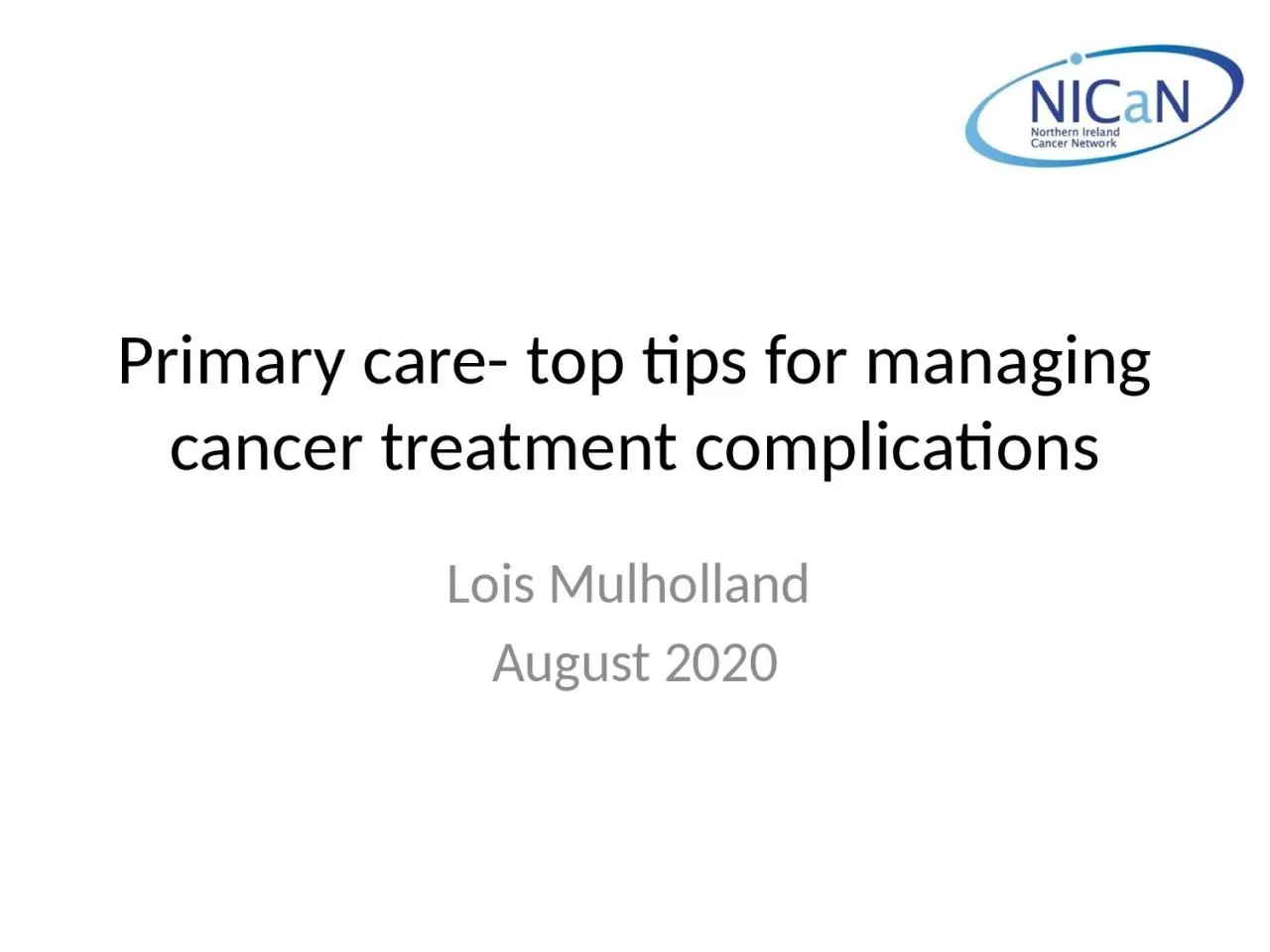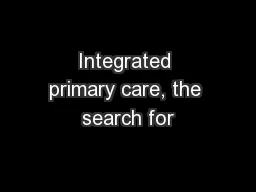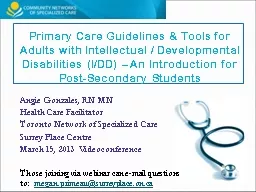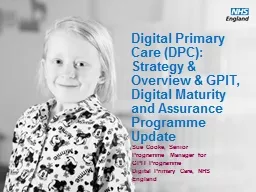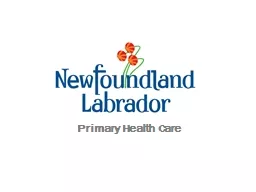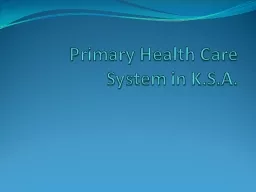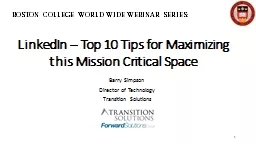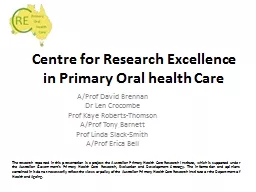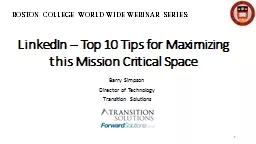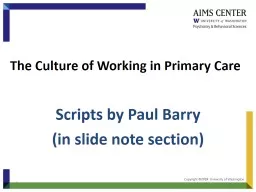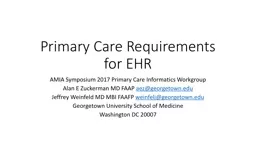PPT-Primary care- top tips for
Author : arya | Published Date : 2022-06-07
managing cancer treatment complications Lois Mulholland August 2020 Regional oncology services 2 centres NICC NWCC 3 units UHD CAH AAH 24 hour helpline in each
Presentation Embed Code
Download Presentation
Download Presentation The PPT/PDF document "Primary care- top tips for" is the property of its rightful owner. Permission is granted to download and print the materials on this website for personal, non-commercial use only, and to display it on your personal computer provided you do not modify the materials and that you retain all copyright notices contained in the materials. By downloading content from our website, you accept the terms of this agreement.
Primary care- top tips for: Transcript
Download Rules Of Document
"Primary care- top tips for"The content belongs to its owner. You may download and print it for personal use, without modification, and keep all copyright notices. By downloading, you agree to these terms.
Related Documents

